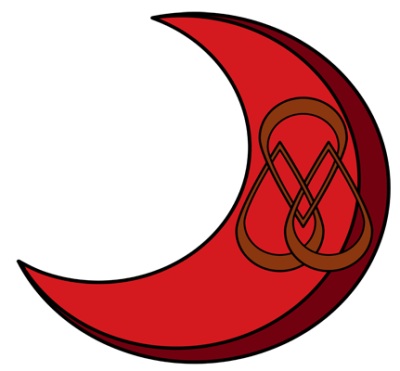Priests of Parora

About
Location: Parora
Controlled Territories: Anghor Wat
Related Items: Muriel's Eye
Related Ethnicities: Paroran
Related Myths: Lost Souls
Structure
The Parorans have a wide range of deities they follow:
| Major Gods | Minor Gods |
|---|---|
| Deja | Muriel |
| Dallyr | Jeha |
| Sielyr | Alik |
| Amael | Zalik |
| Sielah | Atil |
| Zalah | Anael |
| Kielach | Afel |
| Alnetha | Sielik |
| Rielach | Samue |
| Ardain | |
| Honiel | |
| Aniel | |
| Aphiel | |
| Sielach | |
| Dallah | |
| Aron |
Mythology
The world was created when land emerged from the waters, and the ferali were made from fire. It is heresy to say they were made from light, or from fallen deities.
Cosmological Views
Life after death is different, depending on the person's life, although minor sects say the afterlife is a fiery pit for all souls. The afterlife can be reached by living Ferali.
Tenets of Faith
In general, the religion is focused on community fellowship, helping others, and to a lesser degree, advancing knowledge.
On a personal level, people focus on spiritual growth, self-control, and sometimes avoiding divine wrath.
Worship
Prayers
The divine will always hear a woman's petition.
The divine is more likely to speak to military leaders.
The divine is less likely to speak in healing rituals.

Rituals
Rituals are occasionally quiet, private, and take place by a natural landmark.
Participants must be above a certain social rank.
Preparation involves self-sacrifice, self-denial, and artifact preparation.
Rituals include specific movements, initiated priests, and sometimes elected priests.
The ritual calendar is set according to the tides. Rituals begin at twilight and occasionally last three days.
Holy Days
There are 33 holy days in a calendar year. 22 holy days focus on new priests. 8 holy days celebrate past victories. Celebrations usually include theater troupes/shows and private family celebrations, and not public sentencing.
Priesthood
The most important symbol consists of a knot and a ranged weapon. Lesser symbols are a crescent moon and 3 interlocking shapes. The most common liturgical colors are burnt sienna and venetian red. The highest religious ranks wear puce, and mauve is reserved for holy days.
Structure
The religious hierarchy is branching, strong, and religious roles are specialized. Primary functions are to foretell/prophesy, heal the sick, and sometimes talk to the dead.
Clergy
Clergy are widow/ers who are military and possessing a specific ability. To join a religious order requires being appointed by religious leaders, and more rarely appointed by political leaders.
Lifestyle
The average clergical lifestyle is ascetic, although some live in a solitary manner. Clergy are expected to be celibate, and display their status with stylized clothing, and more rarely a special uniform.